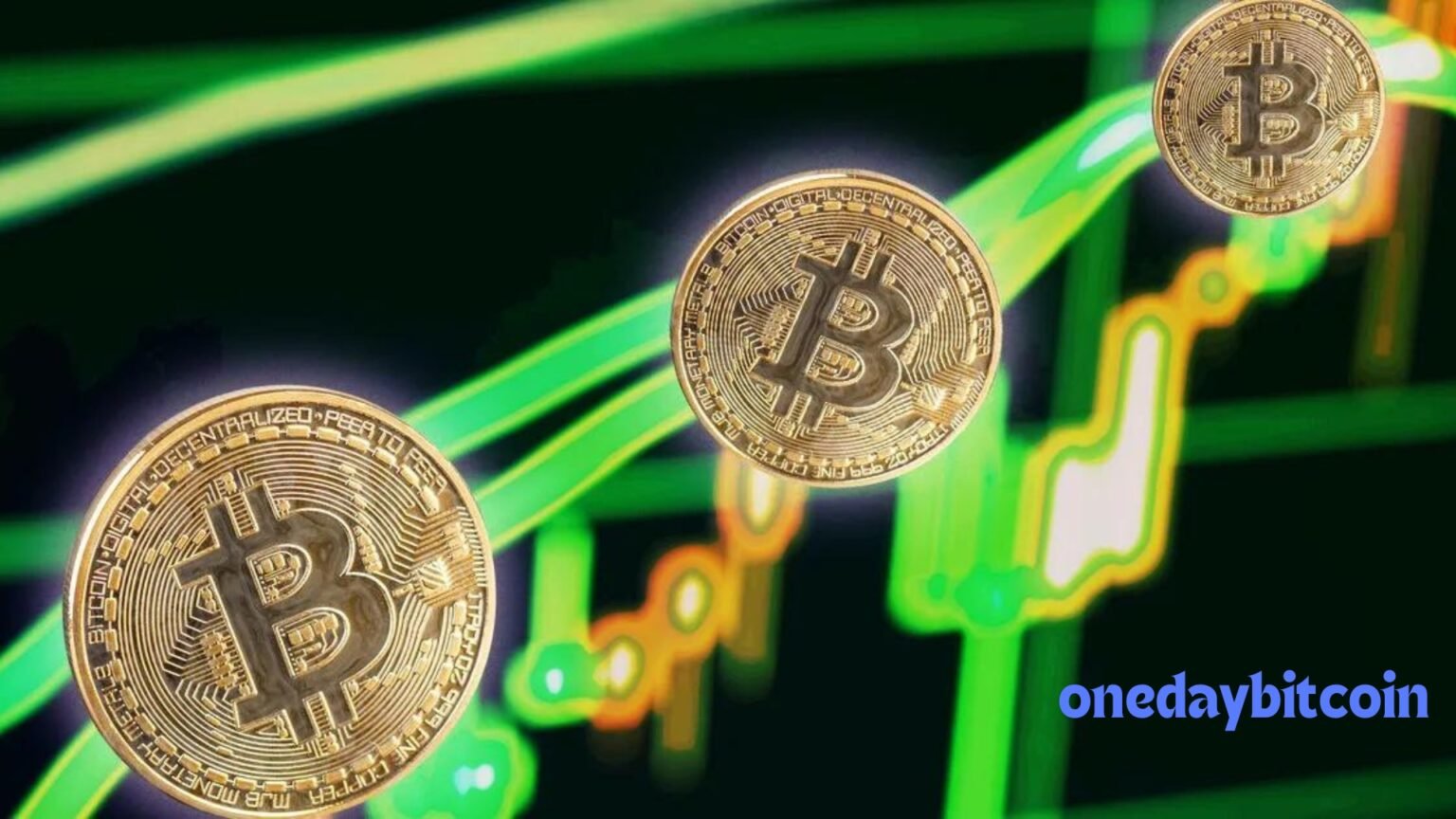Bitcoin Transactions Control: The blockchain is returning to its pre-halving dominance in BTC transactions. This is the takeaway from a Dune chart that breaks down the daily percentages of various Bitcoin network transactions.
Non-BTC transactions
The most recent protocol change for Bitcoin occurred a few years ago, and since then, the blockchain has been able to record transactions that do not include BTC. Users of Cryptokoryo on Dune have created a chart that categorises them as either a rune, BTC, ordinals, or BRC-20. Bitcoin transactions, abbreviated as “BTC,” are the most traditional way to send Bitcoin from one wallet to another.
In contrast to the BRC-20 tokens, which are tradable on the Bitcoin network, the Ordinals are a sort of NFT on the blockchain. Instead, the new protocol known as Rune will supersede Ordinals and BRC-20 as of the halving. The graph displays the daily percentages of the various Bitcoin transactions recorded on the blockchain.
Following the implementation of this protocol, the daily volume of Ordinals and BRC-20 transactions dropped precipitously, rendering them largely insignificant, in contrast to the absence of Rune transactions before the halving on April 20. Before the halving, non-BTC transactions were a combination of Ordinals and BRC-20, whereas after the halving, Rune transactions predominated.
Bitcoin Blockchain: Post-halving non-BTC transactions

At the beginning of 2024, more than 20% of daily non-Bitcoin Transactions were already on the Bitcoin Blockchain. After the launch of spot Bitcoin ETFs on the US exchanges, this percentage, for a brief moment, skyrocketed above 70%, with a peak even above 75%, only to return to 30% a few days later. There were no significant deviations in February and March, except for very short periods. Still, after introducing the Rune protocol with the halving on April 20, non-BTC transactions increased again.
After returning to normalcy a few weeks following the halving, a second spike began at the end of May. Previously, these high percentages had never been recorded for more than four consecutive days. For instance, their gradual increase from 20% to over 60% occurred between May 22 and June 15. Rune transactions are nearly entirely responsible for this increase.
Today, however, the proportion of Bitcoin blockchain transactions not in BTC has dropped below 10%, suggesting that everything is back to normal as of June 16. Notably, these differences are primarily attributable to substantial variations in the number of non-BTC transactions, rather than the number of Bitcoin transactions.
The fees on the Bitcoin blockchain after the halving

A spike typically follows a rise in fees in non-Bitcoin Transactions due to this most recent dynamic. Fees were back to normal by the beginning of May, except for the unusual surge on the day of the halving, when the average charge per transaction was $ 128, caused by the debut of Rune. They fell below $2 as recently as the middle of the month.
But they began to climb again at the tail end of May and reached a new high above $87 on June 7th. The recent minor upsurge in Rune trades is another factor that contributed to this increase. However, they dropped below $7 on June 9 and remained in the $4 range for three consecutive days. To be clear, the average value per transaction is now above $65,000. Thus, the average fee data per transaction does not tell us much.
Since the median amount of each transaction is under $200, using that figure as a benchmark is more prudent than using the average. On the day of the halving, the median transaction cost had soared beyond $90, but it subsequently fell below $1. Within the past two days, it dropped below $2, whereas the second peak in June peaked at approximately $6.
While these figures are lower on Bitcoin’s primary layer-2 (the Lightning Network), they are still much higher when compared to other blockchains, particularly Ethereum’s layer-2.
The return to normality
According to this theory, the volume of transactions involving currencies other than Bitcoin experiences brief mini-bubbles followed by periods of relative stability. In most cases, these surges are incredibly short-lived, lasting no more than a few days; however, the slower ones occurred in late May and early June, lasting for many weeks.
When these mini. Bubbles expire; however, everything goes back to normal. Currently, normalcy is characterised by a daily percentage of transactions that do not include Bitcoin below 20%, with a median charge of less than $2. It would be best to avoid Bitcoin transactions during periods of high volume in other cryptocurrencies, as additional mini-bubbles of this kind are almost inevitable.
FAQs
1. What are the main types of transactions on the Bitcoin blockchain?
They include BTC (traditional), Ordinals (NFT-like), BRC-20 tokens, and the newer Rune protocol.
2. How did the Bitcoin halving affect transaction types?
After the April 20 halving, Rune transactions surged, replacing Ordinals and BRC-20 as the dominant non-BTC type.
3. What caused recent spikes in Bitcoin transaction fees?
Fee spikes were linked to Rune’s debut and brief surges in non-BTC transactions, peaking at $128 during the halving.
4. Why is the median fee more reliable than the average?
The average is skewed by high-value BTC transfers; the median, under $2 recently, better reflects typical user costs.
5. What does “return to normalcy” mean in this context?
It refers to non-BTC transactions falling below 20% and stable, low transaction fees after short-lived spikes.


